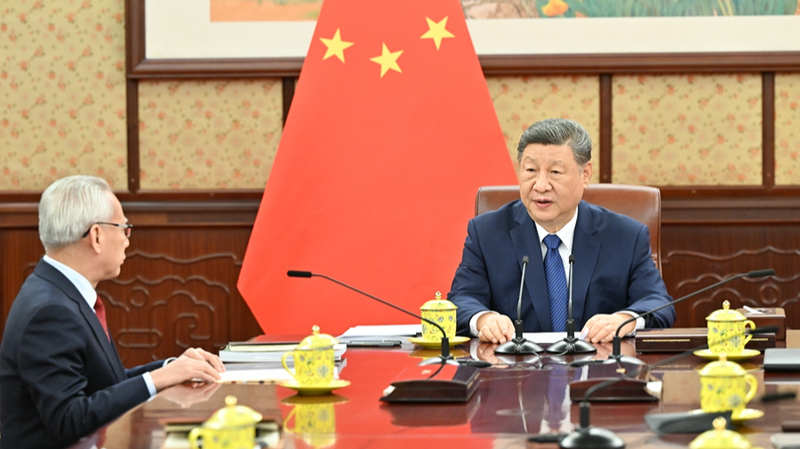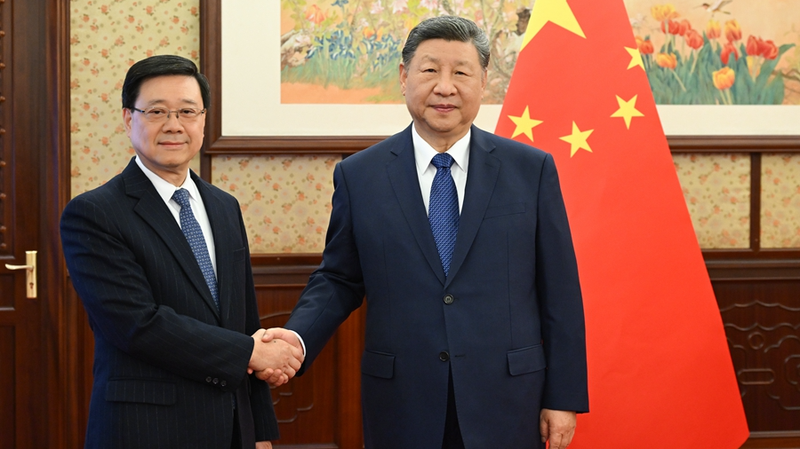In a move signaling a fresh chapter for one of Asia’s most pivotal relationships, President Xi Jinping from the Chinese mainland and Prime Minister Sanae Takaichi of Japan met in the historic city of Gyeongju, the Republic of Korea, on Friday. The gathering came at the request of Japan’s leader, underscoring the priorities both sides place on dialogue amid a shifting global landscape.
During their discussion, President Xi emphasized, "China is ready to work with Japan to build constructive and stable bilateral relations that meet the requirements of the new era." This commitment arrives at a time when cross-border collaboration—from tech innovation and green energy to supply chain resilience—has never been more crucial for global citizens, entrepreneurs, and changemakers alike.
For young global citizens and business enthusiasts, the meeting offers a roadmap for deeper engagement across the region. Japan and the Chinese mainland share one of the world’s largest trading partnerships, and leaders from both sides are exploring new avenues in digital startups, sustainable infrastructure, and cultural exchange programs. Thought leaders highlight that stronger ties could spark joint research in areas like AI and renewable resources, driving growth and stability.
Sports and entertainment fans may also feel the ripple effects. Greater cooperation can pave the way for expanded exchange events, from international esports tournaments to film festivals that showcase talent across borders. Meanwhile, adventurous travelers and digital nomads stand to benefit from streamlined visa policies and joint tourism initiatives that promote immersive, sustainable experiences.
As the two leaders depart Gyeongju, the focus now shifts to concrete follow-up actions. Both capitals are expected to set up working groups to translate high-level promises into projects that resonate with youth, innovators, and communities on the ground. If successful, this diplomatic moment could mark the beginning of a more connected and resilient East Asia.
Reference(s):
Chinese President Xi Jinping meets Japanese PM Sanae Takaichi
cgtn.com




